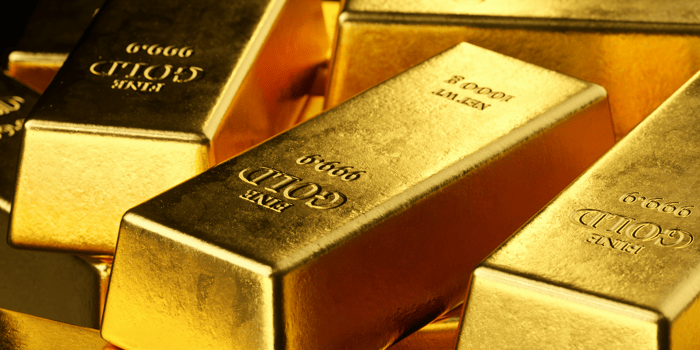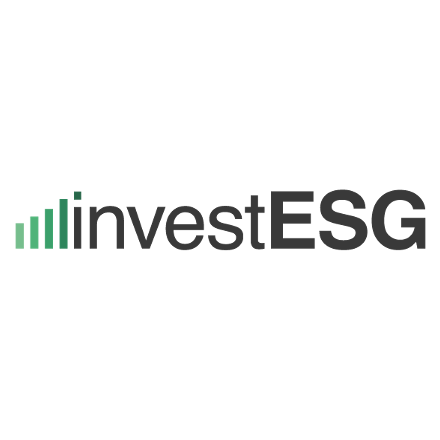Fund managers provide more transparent disclosure of CO₂ emissions data and refer to the long durability of the asset and advanced recycling processes.


Photo credit: Getty Images / Unsplash+
Gian Rothfuchs, CFA, CESGA, Portfolio Manager at Swiss Rock Asset Management AG: “Gold remains a trusted pillar of asset allocation, especially in today’s world of rising geopolitical tensions and mounting sovereign debt. In such turbulent times, the yellow metal reasserts its role as a safe haven. But in an era of climate awareness, a key question arises: Can a gold investment also be climate-responsible?”
Swiss Rock Asset Management discloses the CO₂ intensity of a gold investment, combining innovation with integrity, building on the strong ESG foundation of certified Green Gold.
Responsible gold mining in focus
The "Green Gold" innovation, with its commitment to responsible gold mining, resolves the dilemma. "Green Gold" comes from specially selected mines certified by external auditors that practice responsible gold mining. For industrially producing mines, this includes absolute transparency and compliance with the highest international standards. The primary objectives are to minimize the impact on people and the environment during mining operations.
Strict requirements must be met regarding environmental impact, use of chemicals, and training of personnel. Before the mine is put into operation, a plan must already be in place for how the land can be reclaimed after mining operations cease. This requires that systems are in place from the outset to prevent contamination of the soil. In view of the extremely demanding requirements, "Green Gold" certified mines are located exclusively in highly developed countries such as Australia or the USA, where environmental regulations are also legally enforceable.
The entire supply chain of the so-called doré gold raw material used for "Green Gold" is also certified traceable down to the individual mine and is melted, processed and certified in separate production processes in Switzerland to the highest quality of 999.9 degrees of fineness. Gian Rothfuchs: "The 'Swiss Rock Gold Nachhaltig' invests exclusively in "Green Gold". Our sustainability approach is built on three solid pillars:
- Traceability: Full segregation of the gold supply chain—from mine to vault—documented by independent auditors
- Strict ESG Standards: Full alignment with leading international mining and sustainability benchmarks
- Verified Transparency: A seamless, independently audited trail ensures accountability at every step."
FinAnKo: Physical precious metals and gold excluded
Nonetheless, despite advancements in responsible sourcing practices, certain institutional investors remain fundamentally critical of physical gold as an asset class. In a recent update to its ethical investment framework (FinAnKo - Finanzanlagen als Kooperation), the Austrian Bishops’ Conference formally excluded physical precious metals, including gold, from eligible investments—citing environmental degradation and exploitative labor practices associated with gold mining. As reported by e-fundresearch.com, this decision reflects a rare but consequential stance within the faith-based investment community.
Gold and CO₂ emissions
Ronald Stöferle, partner at Incrementum and Co-author of the ‚In Gold We Trust Report‘: “Gold is the most sustainable metal in the world with regard to the CO₂ balance sheet, the amount ofwaste generated and the amount of resources used.“
He also adds that virtually all the gold ever mined is still available and can be recycled. The social and environmental costs of gold mining could therefore be spread over an almost infinitely long period of time, making them converge towards zero.
Stöferle: „The durability of gold also means that gold never has to be disposed of as waste. No one will voluntarily throw gold away, but will want to recycle it for profit. Gold has been mined for more than 7,000 years. During this period, over 205,000 tons have been produced, which is equivalent to the size of about 3.5 Olympic swimming pools.“
Research from the World Gouncil representing the interests of the global gold mining industry and Incrementum shows that the CO₂ emissions generated during mining and processing are an important factor when comparing the sustainability of different metals.
A closer look at the CO₂ emissions of gold per unit value compared to copper, aluminum, steel, coal, zinc and lead helps us to understand how big an advantage gold has over these metals from mining to refining. In addition, gold recycling processes produce 90% fewer CO₂ emissions than gold mining, and about 25% of annual gold demand is met through recycling alone.
Gold and the decarbonisation effect in portfolios
Stöferle: „For a portfolio consisting of 70% equities and 30% bonds, a 10% gold allocation reduced emissions intensity by 7%. A gold allocation of 20% reduces emissions by 17%, as calculated by the World Gold Council “Gold and climate change - Decarbonising investment portfolios”.
For investors invested various aspects covered above are weighted differently - from strict exclusions to a more holistic approach on gold taking into account recent developments in technology and sustainability standards. Investors have the responsibility to evaluate research covering different perspectives when making investment decisions related to physical gold, gold producing mines and gold-related assets.
Published by
 investESG
investESG
 investESG
investESG

